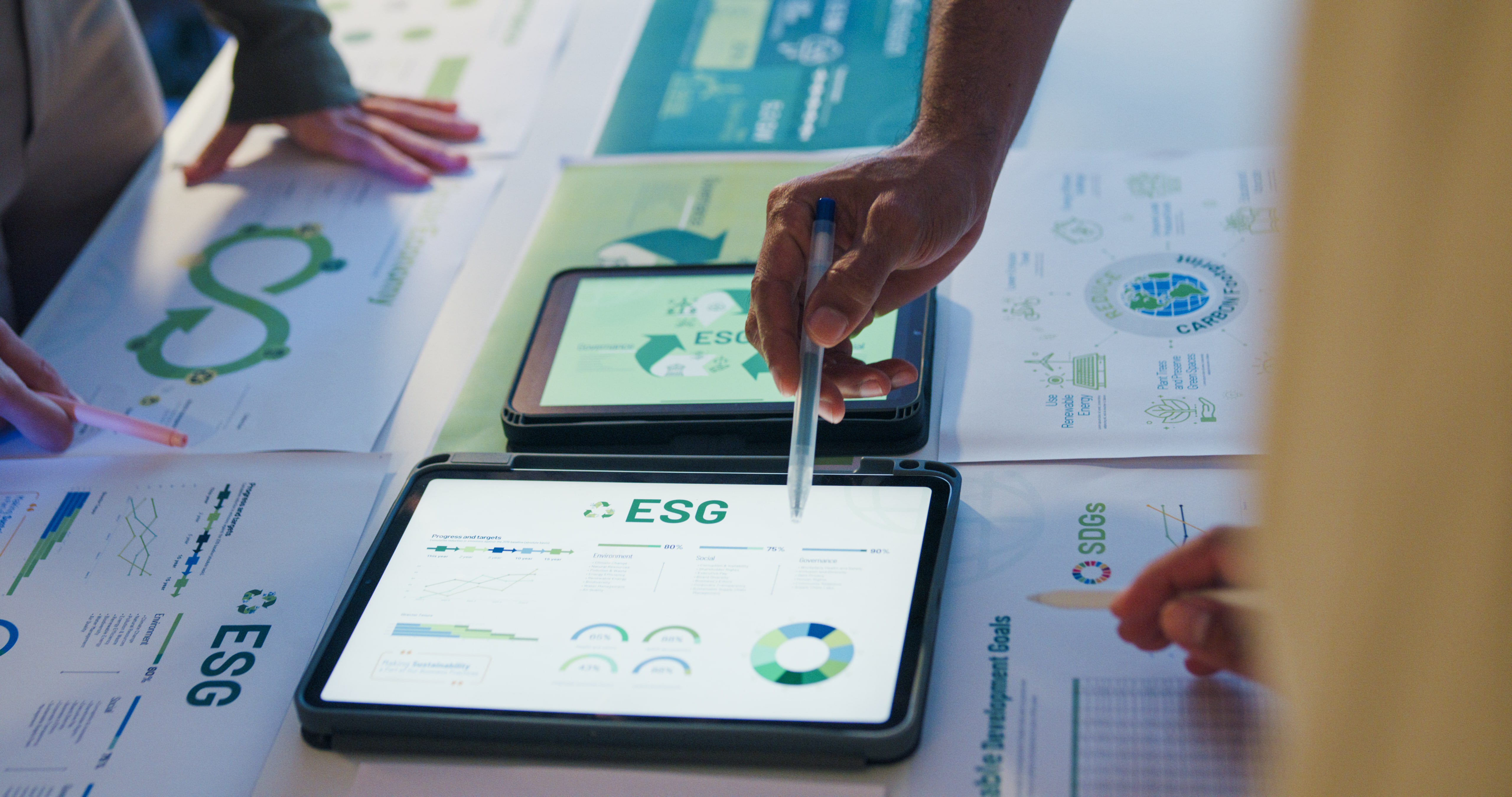Behind Every ESG Report Is a Data Governance Story

Audio Highlights
This component uses custom JavaScript to open and close. Custom attributes and additional custom JavaScript is added to this component to make it accessible.
Video Highlights
This component uses custom JavaScript to open and close. Custom attributes and additional custom JavaScript is added to this component to make it accessible.
A few months ago, a multinational company published their first ESG report. On the surface, everything looked solid - carbon emissions tracked, water usage documented, supply chain risks disclosed. But behind the polished PDF, the team was struggling.
Different regions used different definitions. Data came from spreadsheets and systems no one fully trusted. Every KPI required endless reconciliation. And when the board asked, “Can we stand behind these numbers?” the room fell silent.
The Hidden Engine Behind ESG Reporting
Most people see the polished ESG report - the charts, the numbers, the commitments. But few realise what it takes to get there. Behind every trusted and compliant report lies something much less visible: good data governance.
.png)
From my experience working with both ESG and data teams, the pattern is clear: when governance is solid, reporting works. When it’s not, things fall apart fast, especially as regulations like CSRD raise the bar.
Here’s what data governance makes possible:
- Consistent metrics: Even across countries, business units, or departments. Everyone uses the same definitions and rules, so the numbers add up.
- Traceability: You can follow every number back to its source and explain how it was calculated. That’s key for internal reviews and external audits.
- Auditability: Regulators now expect ESG data to be as verifiable as financials. Without clear ownership, data history, or documentation, you’re exposed.
- Connected data: ESG metrics don’t stand alone. They need to sync with financial data, HR, risk, and more. Governance keeps those connections clean and reliable.
- Proper access control: Some ESG data touches on sensitive topics (like workforce, diversity, or emissions tied to suppliers). You need the right people seeing the right data, and guardrails to prevent mistakes.
- Automation-ready processes: CSRD and ESRS ask for more detailed and frequent reporting. You can’t keep doing this with spreadsheets and email chains. Good governance sets the stage for automated data collection, validation, and transformation, cutting risk and saving time.
How Do CSRD and ESRS Expect You to Govern ESG Data?
.png)
No Governance, No Credibility
Everyone's racing to meet ESG demands. But behind every confident report, there's either a rock-solid data foundation or a minefield waiting to blow up in audits, investor calls, or regulatory reviews.
.png)
The difference? Data governance.
- Setting clear, company-wide standards for ESG metrics
- Running hybrid models - central governance, local execution
- Aligning ESG, compliance, and data teams early, not in crisis mode
- Automating where it counts - because your credibility shouldn't depend on Excel
The CSRD clock is ticking. Trusted data is your most valuable sustainability asset.
Struggling with ESG data quality, traceability, or CSRD preparation?
You're not alone. If you're facing ESG reporting challenges or preparing for CSRD compliance, let's discuss how robust data governance can transform your approach.
Reach out to me to explore solutions tailored to your organization.

.jpg)


















